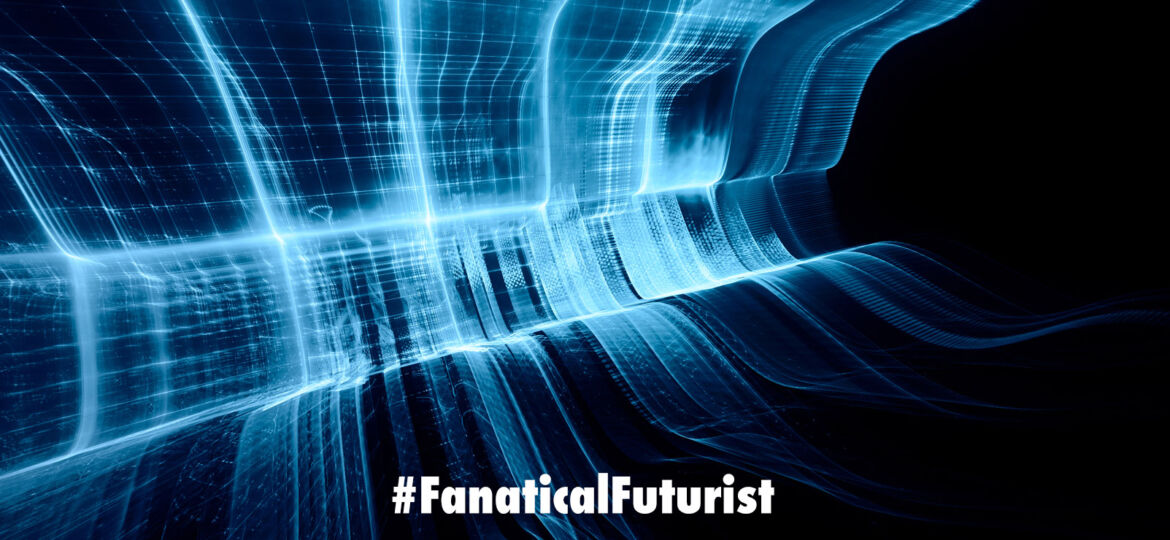
WHY THIS MATTERS IN BRIEF
As our ability to create machines and products at the nanoscale improves, we need new ways to power them and this is one of them.
Interested in the Exponential Future? Connect, download a free E-Book, watch a keynote, or browse my blog.
There’s been a huge flurry of innovation and investment in new battery technologies, from bio-batteries, graphene batteries, and nuclear batteries, to 3D printed Lithium Ion (LiOn) batteries and even polymer batteries and weird batteries that create themselves by cannibalising their own material to make new structures, to name a few. And now scientists from the University of Alberta and University of Toronto have developed a blueprint for a new type of quantum battery that doesn’t leak charge.
“A quantum battery is a tiny, nano-size battery meant to be used for applications on the nanoscale, such as nanobots [that can already use enzyme batteries]” explained U of A chemist Gabriel Hanna, who was principal investigator on the study.
He went on to say that the research provides a theoretical demonstration that creating a loss-free quantum battery is possible – something that would offer an advantage over previously proposed quantum batteries.
“The batteries that we are more familiar with, like the LiOn batteries that power your smartphones, rely on classical electrochemical principles, whereas quantum batteries rely solely on quantum mechanics,” Hanna noted.
He said the batteries may become an important component in many quantum devices, from quantum sensors that are millions of times more sensitive than today’s sensor technologies and that are already being used, through to ultra-powerful quantum computers, and added that, in practice, they could be built using current solid-state technologies.
To realise their idea the research team considered an open quantum network model with high structural symmetry as a platform for storing excitonic energy – energy that’s harnessed when an electron absorbs a sufficiently energetic photon of light. Using this model, they showed it is possible to store energy without any loss, despite being open to an environment.
“The key is to prepare this quantum network in what is called a dark state,” explained Hanna. “While in a dark state, the network cannot exchange energy with its environment. In essence, the system becomes immune to all environmental influences. This means that the battery is highly robust to energy losses.”
Using this model, the researchers also suggested a general method of discharging the stored energy from the battery upon demand that involves breaking the structural symmetry of the network in a controlled way.
Future research will explore viable ways of charging and discharging the battery, as well as ways of scaling it up for use in practical applications.
The study, “Loss-Free Excitonic Quantum Battery,” was published in the Journal of Physical Chemistry C.

















